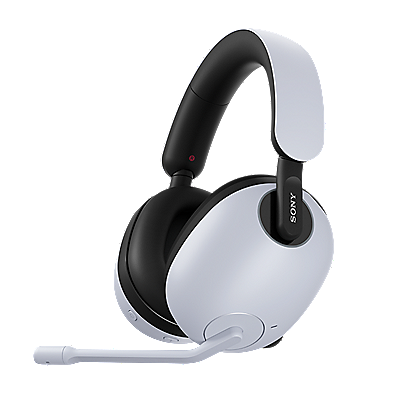ZV-E1: Adding variety to movies with slow/quick motion and time lapses
Add variety to movies with slow motion, quick motion, and time lapses. Note that sound is not recorded in these modes.
S&Q motion
You can record a moment that cannot be captured by the naked eye (slow-motion recording) or record a long-term phenomenon into a compressed movie (quick-motion recording). For example, you can record an intense sports scene, the moment when a bird starts to fly, a blooming flower, or a changing view of clouds or a starry sky.
- Set the Still/Movie/S&Q switch to S&Q.
- Select MENU →
(Shooting) → Shooting Mode →
Shoot Mode, and then select your preferred shooting mode (Intelligent Auto, Program Auto, Aperture Priority, Shutter Priority, or Manual Exposure).
- Select a movie format from MENU →
(Shooting) → Image Quality/Rec →
File Format, and then select a frame rate and recording setting from
S&Q Settings.
The playback speed depends on the value set in Frame Rate Settings. For slow-motion playback, set a frame rate value higher than the recording frame rate, and for quick-motion playback, set a frame rate value lower than the recording frame rate.
Refer to the Help Guide for more information, such as setting details and restrictions.
S&Q Settings
Time lapses
Time-lapse recording can show gradual changes (such as the changing colors of the sky or the movement of stars or clouds) much faster than they actually happen.
With the ZV-E1, time-lapse movies can be created in two ways.
Recording video as a time-lapse movie
Time-lapse movies can be recorded by the camera itself.
You can record movies by condensing changes over a period of up to several dozen minutes. Unlike quick-motion movie recording, you can set a shooting interval longer than 1 second. This enables you to record movies with a larger time compression ratio.
- Set the Still/Movie/S&Q switch to S&Q.
- Select MENU →
(Shooting) → Shooting Mode →
Shoot Mode, and then select your preferred
shooting mode (Intelligent Auto, Program Auto, Aperture Priority, Shutter Priority, or Manual Exposure).
- Set the recording frame rate, interval time, and other details in MENU →
(Shooting) → Image Quality/Rec →
Time-lapse Settings.
For more information, such as setting details and restrictions, see the following page.
Time-lapse shooting
Using software to create a time-lapse movie after shooting at specific intervals
You can also create a time-lapse movie in the Imaging Edge Desktop application on a computer after the camera captures a series of still images according to your specified interval.
- Capture a series of still photos with interval shooting.
- Set the Still/Movie/S&Q switch to still shooting.
- MENU →
(Shooting) → Drive Mode → Interval Shoot Func. → Interval Shooting → On.
- Set the shooting interval, number of shots, and other details.
Refer to the Help Guide for more information, such as setting details and restrictions.
Interval Shoot Func.
- Set the Still/Movie/S&Q switch to still shooting.
- Use the Imaging Edge Desktop application to create the time-lapse movie on a computer.
- Transfer the images to your computer.
For instructions on transferring images, see the following page.
How to transfer pictures and videos from a camera to a computer or device - Create the time-lapse movie in Imaging Edge Desktop (Viewer) on the computer.
For details on downloading and using Imaging Edge Desktop, see the following pages.
Imaging Edge Desktop
Creating time-lapse movies
- Transfer the images to your computer.
The following pages introduce easy-to-understand tips on shooting and choosing lenses, grouped by subject (such as landscapes and starry skies) and accompanied by sample photos.
All images used here are provided for illustrative purposes only.






















